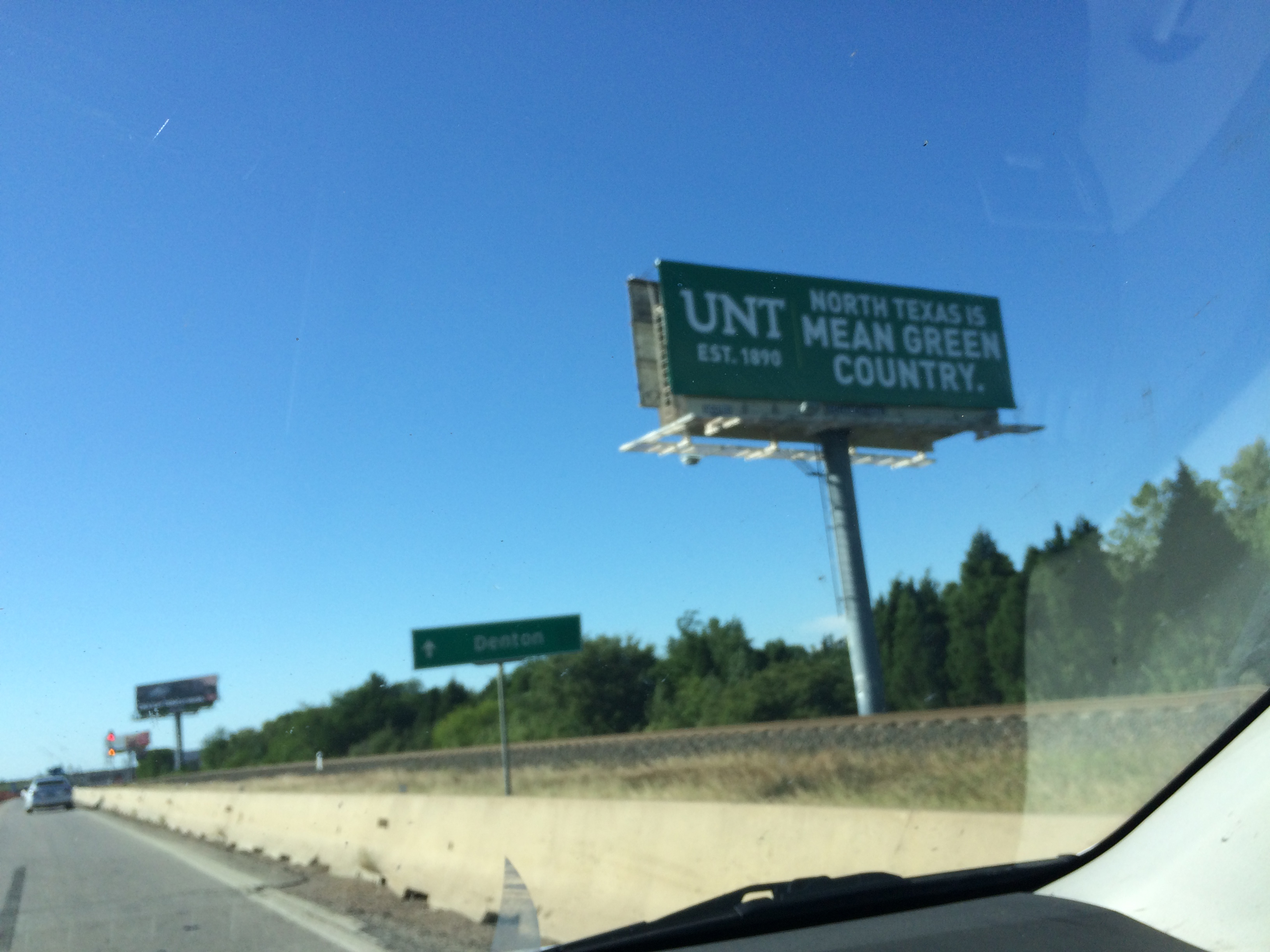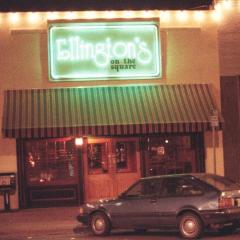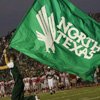-
Posts
1,800 -
Joined
-
Last visited
-
Points
330 [ Donate ]
About mad dog

- Birthday 09/22/1981
Profile Information
-
Home
Dallas, Tx
-
Interests
Managing Expectations
Recent Profile Visitors
5,844 profile views
mad dog's Achievements
-

North Texas - UTSA Official Game Thread
mad dog replied to Professor Lambeau's topic in Mean Green Football
In what sense? -
Perhaps on a long enough time scale, you may be right that it's more upward than not. But here's another way to view the same period you just mentioned: Average wins: 5.5 Averages losses: 6.1 Number of bowl wins: 1 Number of bowl losses: 4 Average margin of defeat in bowl losses: 23.5 points. To my admittedly uninformed, casual fan eye, this reads to me as a "one step forward and one step back" team that routinely gets housed whenever they play outside a middling-to-low-end G5 conference. Which is, to my understanding, exactly who they have been since I started following UNT football in 2000. Maybe I'm wrong.
-
As a very lapsed fan (haven't touched season tickets since Portland State, been to maybe 3 games in the last 5 years), I think the truth of the matter is very simple: we live in a place that values winning. Win a little and you see a bump. Win a lot and you'll see a bigger bump. Win consistently over time and you'll see the biggest bump. But the second you lose, it all falls apart. Inertia only goes one way. It's one step forward and one step back, and has been for decades. Your fan base, generation after generation, is conditioned to expect the bottom to fall out because it always does. Until we consistently win over a long period of time, nothing will change. Just my two cents.
-
Can someone who actually played football tell me how you don't cover the draw and screen when on defense against a 3rd and 20? Seem like that'd be kinda a priority to account for.
-
Anyone remember that Southern Miss bowl game? How Michael Boley and the Smiss defense figured out our zone-running scheme? And it was never the same afterwards? Yeah... getting that same feeling here. I mean... I hope I'm wrong, but it just feels the same.
-

Round 2 of Facilities Improvement Started
mad dog replied to BTG_Fan1's topic in Mean Green Football
The liability for knowingly hosting events in a structurally unsound facility is enormous. Stuff like that can even bypass some kinds of immunity and open up to damages, which is where things really start to get painful. If true, the administration would be much better served shuttering the facility and having games in the gym next door. Since that's not happening, I'm assuming (hoping?) the structural concerns are either not significant or not valid. If the data is solid, though, whoever the source is owes it to the people who frequent that building to gather their proof and make it an issue because people's lives are at stake. On the upgrades, I'm not sure about ADA, but building code updates are periodically adopted by the city and generally grandfathered unless the footprint of the building changes. I think I've seen one city attach special use permits to some building uses, which expire during a change in ownership or occupancy. Then the new SUP would trigger the need to update code. But in this case, neither the footprint, the owner, or the use is changing. Unless Denton is doing something really aggressive, or there's some massive retroactively applicable bill that's passed down in Austin, I think the Pit is probably fine on updates for the foreseeable future. -
For the record, I 100% agree with this sentiment. However, from my perspective, I thought the WRs inability to create separation was just as significant an issue. I saw a number of times where Fine had 4-5 seconds to sit back and pat the ball and none of his receivers got open. Or times where the protection broke down and he's sprinting to the sideline, and no receivers can even work back to the ball to give him places to throw. I would defer to experts as to whether this is a speed, strength, or technique issue, but if you go 4 wide and give your QB 4 seconds to throw, one of the guys should be open.
-

All-time best UNT FB player you ever witnessed
mad dog replied to greenminer's topic in Mean Green Football
In fairness, JQ ran a 4.41 by the time his senior year rolled around. Guy just worked out maniacally on his track skills. Maybe the hardest working dude in the recent history of the program. -
8 page "Bowl or Not?" Surely now the time is right: Epic Thread Haiku!
-
Such a clickbait thread title.
-
Ell oh Ell
-

MGB: UNT and the body bag/opportunity game -- A look back
mad dog replied to Brett Vito's topic in Mean Green Football
I think the body bag game vs. home game payout is an interesting one. I don't have exact numbers on number of seats per price point, promotions and discounts, or average purchase rates per price point. However, you can always bar napkin the thing using the most conservative numbers possible and nudging them with some assumptions. Apogee's capacity is 30,850. The highest ticket tier (face value) is $30. So, assume a sellout with no promotional discounts, all at the highest price point of $30 per ticket. In that case, the gate would be $925,500. I don't count MGC donations because I think those are going to be the same regardless of how many home games there are (they may prorate them down if there are fewer home games, but I don't think it's going to be much). When you assume a more realistic attendance, maybe the highwater average attendance of 21,030 in 2013, that number drops to $630,900. If you use our average attendance from last year, it's $495,570. And, let's just say that half the tickets sold are at the lower $10 price point, a realistic number is probably pretty close to $330,380. If you buy my logic there (and it may not be worth buying), unless your expenses are a half-million dollars, you're probably coming out way ahead in a million dollar bodybag game scenario. Financially speaking, anyway. I don't work in an athletic office, but I assume there's a very good reason why they schedule them. The AD and coaches might not like it any more than we do, but until we get a saudi oil baron to sponsor the team, it may be necessary to make ends meet. -

Thoughts and Prayers with Emmitt and his DPD Fellow Officers
mad dog replied to UNTLifer's topic in Mean Green Football
Just traded texts with him. He at the command post and is fine, but obviously a hard, hard night for DPD.- 26 replies
-
- 19
-

-
Man... now you're just piling on. The guy's more than a slab of meat!
-
First thing for me is to meet with my bosses (Board and President) and get a sense of what their vision for the athletic department is. Have them paint a picture of what kind of athletic department they want to have. There's no doubt they want the department to be successful, but success can look like different things to different people. Simultaneously, I'd be moving along parallel processes with current students and current and lapsed fans (include lettermen). Get a couple of focus groups together, pull from various sources and points of view; the only criteria is that they have opinions and be comfortable sharing them. They need to be ready to bring their own ideas for how to solve the problems they see. Keep each group to five or six individuals if possible, and make sure I had representatives from marketing, operations, and finance there to field questions and provide their input. The guiding principle for staff would be to determine how ideas can get done, rather than why they can't. Nothing is off the table at this point - whittling down happens later. Drawing on feedback from administration, fans, and students, create a summary of objectives, goals, and possible avenues of approach. Include comments from staff on costs, action plans, and lay out all the options. Take this draft plan back to each of these focus groups and get their thoughts. Refine as necessary. Once the plan has a reasonable degree of consensus among all three groups, take a final draft back to the administration. Have them pass a non-binding resolution to accept and approve the plan of action. To my eye, most of the problem with the department's administration is that it is far too insular. Decisions made in a box without input from stakeholders have considerably less momentum than those made with it. Closed practices, ninja recruiting, media lockdowns... these are all symptoms of a silo-ed organization that believes that they (and only they) have the right answers. For my part, I don't particularly care WHO has the idea if it is a viable strategy. I have felt like the department sometimes talks AT fans, AT students, and AT the BOR, trying like hell to sell them on an idea without ever considering what they all might be feeling. This is a partnership, not an autocracy. It is a conversation, not a hard sell. It is a story, not an obligation. The AD cannot do their job without buy-in from decision makers and current and future customers. Yes, there are procedural, legal, and financial hurdles, but it's better to open your doors and explain them to people instead of barring the doors and complaining about their ignorance. And who knows, maybe several dozen minds may be able to craft a better solution than one or two. Go figure. :)












